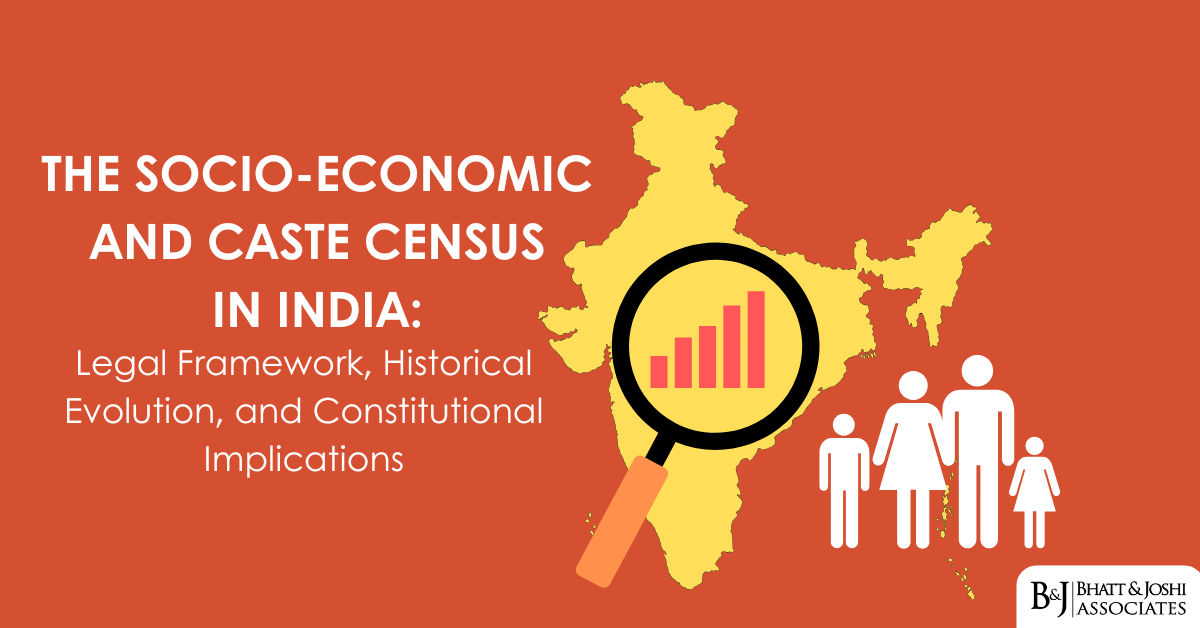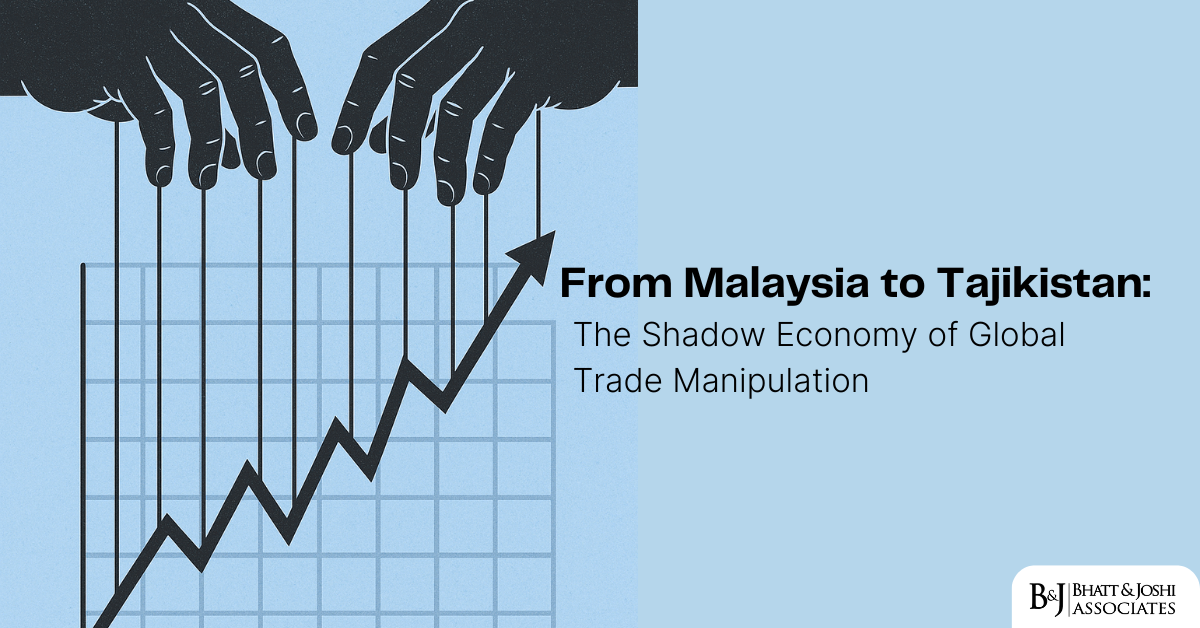Introduction
India is poised to undertake a significant statistical exercise with the inclusion of caste data in its upcoming census. This development marks a crucial moment in India’s demographic documentation history—reviving debates that followed the Socio-Economic and Caste Census of 2011—and raises important legal, constitutional, and social questions. The cabinet’s recent approval for including caste details in the population census represents a shift in policy with far-reaching implications for governance and representation.
Understanding the Socio-Economic and Caste Census
Definition and Purpose of Socio-Economic and Caste Census
The Socio-Economic and Caste Census (SECC) is a comprehensive study that examines the socio-economic status of both rural and urban households across India. Unlike the general population census, the SECC allows for ranking of households based on predefined parameters, providing more nuanced data for targeted policy implementation. The SECC generates crucial information on numerous social and economic indicators relating to households throughout the country, enabling more effective resource allocation and policy formulation[1].
Evolution of Socio-Economic and Caste Census 2011
The Socio-Economic and Caste Census 2011 represented a significant milestone as the first-ever census that generated comprehensive data covering households in both rural and urban areas. This exercise was conducted under the overall coordination of the Department of Rural Development in the Government of India, though with three distinct census components managed by separate authorities:
- Rural Areas Census: Conducted by the Department of Rural Development
- Urban Areas Census: Under the Ministry of Housing and Urban Poverty Alleviation
- Caste Census: Administered by the Ministry of Home Affairs through the Registrar General of India
The SECC 2011 was notably the first paperless census in India, conducted on hand-held electronic devices across 640 districts. It marked the first caste-based census since the 1931 Census of India and was launched on June 29, 2011, from Sankhola village in West Tripura district.
Distinctive Methodology
The Socio-Economic and Caste Census (SECC) followed methodological guidelines established by expert committees, including the S.R. Hashim committee constituted by the Planning Commission of India. The census employed specific criteria for household categorization, including 14 criteria for automatic exclusion, 5 criteria for automatic inclusion, and 7 criteria through which households are marked as deprived. This systematic approach allowed for more precise targeting of government welfare programs.
The Legal Framework Governing Census in India
The Census Act of 1948
The legal foundation for conducting census operations in India is the Census Act of 1948, which predates the Constitution of India. This legislation provides the Central Government with the exclusive authority to conduct the census and outlines the framework for its implementation. The Act details various provisions essential for census operations, including:
- Appointment of census staff and their duties
- Power to requisition premises, vehicles, and other resources
- Authority to obtain information from citizens
- Power of entry into and inspection of premises
- Provisions for ensuring confidentiality of data
- Penalties for non-compliance by both public and census officials
Importantly, the Act guarantees the confidentiality of individual-level data collected during the census, with penalties specified for officials who breach this confidentiality.
Constitutional Division of Powers
A critical legal aspect of census operations in India pertains to the division of powers between the central and state governments. The Union government has asserted in the Supreme Court that only the Centre is empowered under the Constitution to carry out a census. This position has implications for state-initiated caste surveys, as seen in the case of Bihar, where the distinction between a “census” (a federal subject) and a “survey” (potentially within state competence) became legally contentious.
Limitations of the Census Act
The 1948 Census of India Act does not bind the Union Government to conduct the census on a particular date or to release its data within a notified period. This flexibility has allowed for delays in census operations, as evidenced by the postponement of the 2021 census due to the COVID-19 pandemic and other logistical challenges.
Historical Evolution of Census in India
Pre-Independence Census Operations
The practice of systematic census-taking in India dates back to 1872 under Viceroy Lord Mayo, though the first complete census was taken that same year. The first caste census was conducted in 1881, establishing a precedent for collecting caste data that would be discontinued after independence until recently.
Post-Independence Census Development
The first census of the Indian Republic began on February 10, 1951, marking the beginning of a new era in India’s demographic documentation. This was not only the first census after independence but also the first after the Partition of India. The 1951 census was conducted under the newly enacted Census Act of 1948 and counted a population of 361,088,090 with a male-to-female ratio of 1000:946.
Since then, the decennial census has been conducted regularly in 1961, 1971, 1981, 1991, 2001, and 2011, with the next one planned for 2025. Each census has evolved in methodology and scope, reflecting the changing priorities and technological capabilities of the nation.
Caste Enumeration Practices
The practice of caste enumeration in censuses has a complex history in India. After the 1931 caste-based census, the collection of explicit caste data was discontinued in the general population census. The Socio-Economic and Caste Census 2011 thus represented a significant departure from this practice, collecting caste data separately from the general population census. This approach reflected both the political sensitivity around caste enumeration and the practical considerations of managing such complex data.
India’s Preparation for the Upcoming Caste Census
Recent Policy Developments
On April 30, 2025, India’s cabinet approved the inclusion of citizens’ caste details in its population census, as announced by the Information Minister. This decision represents a significant policy shift and comes in response to longstanding demands from various political and social quarters for updated caste data to inform policy-making.
Political Context and Motivations
The decision to include caste information in the census emerges just months before elections in Bihar, an eastern state where caste issues are particularly influential. This timing highlights the political dimensions of caste enumeration in India, where caste continues to play a significant role in electoral politics and governance.
Implementation Challenges
The implementation of a nationwide caste census faces several challenges. The minister did not specify when the census would commence, reflecting the complexity of planning such an extensive exercise. The census initially scheduled for 2021 has already faced postponements due to the pandemic along with various technical and logistical challenges.
Various states have carried out surveys to catalog caste, with differing approaches and outcomes. Some have executed this effectively, while others have approached it from what has been characterized as “a purely political perspective, lacking transparency”. These varied experiences highlight the challenges of standardizing caste enumeration across India’s diverse regions.
Judicial Pronouncements on Census and Caste Enumeration
The Bihar Caste Survey Case
The legal questions surrounding caste enumeration have been brought into sharp focus by the Bihar caste survey case. The Nitish Kumar government’s decision to conduct a caste survey has been challenged in courts, with petitions filed initially in the Supreme Court and subsequently in the Patna High Court.
The survey has been challenged on multiple grounds, including that it violates the Supreme Court’s privacy judgment and constitutes a census in the guise of a survey, thus exceeding the state government’s legislative competence. The Patna High Court initially stayed the survey, stating that “the state has no power to carry out a caste-based survey, in the manner in which it is fashioned now which would amount to a census, thus impinging upon the legislative power of the Union Parliament”.
Supreme Court on State Authority
The case “Youth For Equality v State Of Bihar” is currently pending before the Supreme Court, which will decide whether the Bihar government has the authority to carry out a caste-based survey. This case raises fundamental questions about federalism and the division of powers between the center and states regarding demographic data collection.
Interestingly, the Patna High Court has previously held that “the state government is competent to conduct caste-based surveys for the purpose of uplifting backward communities”, suggesting a potential distinction between surveys conducted for specific welfare purposes and comprehensive censuses.
Delimitation Commission Jurisprudence
In a related development, the Supreme Court has clarified that the orders of the Delimitation Commission, which relies on census data for its work, are not beyond judicial scrutiny. This landmark decision allows constitutional courts to review the validity of the Delimitation Commission’s decisions if they are found to be arbitrary or contrary to constitutional values.
This ruling emphasizes the importance of judicial review as a safeguard against potential overreach in processes related to population enumeration and representation. Without the possibility of judicial intervention, citizens would be left without a forum to address grievances against processes that directly affect their political representation.
Constitutional Significance of Census Data
Parliamentary Representation and Seat Allocation
Census data plays a crucial constitutional role in determining parliamentary representation. Article 81 of the Constitution provides that the Lok Sabha shall consist of members chosen by direct election from territorial constituencies in the states, with the number of seats allocated to each state based on population.
The article stipulates that “for the purposes of sub-clause (a) of clause (1), there shall be allotted to each State a number of seats in the House of the People in such manner that the ratio between that number and the population of the State is, so far as practicable, the same for all States”. The “population” here means the population as ascertained in the last preceding census of which the relevant figures have been published.
Delimitation Processes and Freezing
Article 82 enjoins that upon the completion of each census, the allocation of seats in the House of the People to the states and the division of each state into territorial constituencies shall be readjusted by such authority and in such manner as Parliament may determine. The Delimitation Commission is constituted to undertake this task based on census figures.
However, the composition of the Lok Sabha has remained largely unchanged since the delimitation carried out based on the 1971 Census. During Indira Gandhi’s Emergency rule in 1976, the Constitution was amended to suspend delimitation until 2001. Despite the expectation that this freeze would be lifted after the 2001 Census, another amendment postponed it until 2026, justified on the grounds that a uniform population growth rate would be achieved throughout the country by then.
North-South Representation Imbalance
The freezing of delimitation has created a representation imbalance. States in north India, whose populations have increased faster than the rest of the country, are now considered underrepresented in Parliament. Had Article 81 been implemented as originally intended, states like Uttar Pradesh, Bihar, and Madhya Pradesh would have gained seats, while southern states might have lost some. This situation illustrates the complex interplay between population dynamics, political representation, and federal balance.
Socio-Economic and Caste Census Data in Welfare and Social Justice
Targeting Welfare Schemes
One of the primary applications of Socio-Economic and Caste Census data is in targeting and implementing welfare schemes. The Government of India has utilized SECC data for various initiatives, including:
- Pradhan Mantri Ujjwala Yojana (PMUY) for providing free LPG connections to the poorest households
- Pradhan Mantri Awas Yojana (PMAY) for constructing low-cost houses for economically weaker sections
- Deen Dayal Upadhyaya Power Scheme for electricity connections
- Swachh Bharat Mission for building toilets
- Mahatma Gandhi National Rural Employment Guarantee Act (MNREGA) for labor budgets
- Ayushman Bharat scheme for healthcare initiatives
Direct Benefit Transfer Implementation
The rural development ministry has decided to use Socio-Economic and Caste Census data in all its programs, reflecting the data’s value for targeted interventions. The government is also planning to use SECC data to identify beneficiaries and expand the direct benefit transfer scheme as part of its plans to build upon the JAM (Jan Dhan-Aadhaar-Mobile) platform.
Addressing Social Inequality
Proponents of caste enumeration emphasize the necessity for data regarding those eligible for government support. The data collected through caste surveys can help in identifying disadvantaged populations and addressing structural inequalities. This approach aligns with the constitutional commitment to social justice and the upliftment of backward communities.
Conclusion
The Socio-Economic and Caste Census represents a complex intersection of statistical necessity, constitutional governance, and social justice imperatives in India. As the country prepares for a new census that will include caste data, it must navigate significant legal, administrative, and political challenges.
The legal framework governing census operations, primarily the Census Act of 1948, provides the central government with exclusive authority to conduct the census. However, the emergence of state-initiated caste surveys has raised important federalism questions that the Supreme Court will need to address. The distinction between a census and a survey, though seemingly technical, has profound implications for the division of powers in India’s federal system.
Census data’s constitutional significance cannot be overstated, particularly its role in determining parliamentary representation. The current freeze on delimitation until 2026 has created representation imbalances that will eventually need to be addressed, potentially leading to significant shifts in political power between states.
Beyond representation, census and SECC data serve crucial governance functions by enabling targeted welfare delivery and addressing social inequalities. The inclusion of caste data in the upcoming census could provide valuable insights for policy formulation while also raising important privacy concerns.
As India moves forward with its plans for a caste-inclusive census, balancing statistical comprehensiveness with constitutional principles and individual rights will be essential. The forthcoming Supreme Court decisions on related cases may establish important precedents for how India reconciles its commitment to social justice with its federal structure and constitutional guarantees.
Meta Tags: Socio-Economic and Caste Census, Census Act 1948, constitutional implications of census, caste census legality, census history India, parliamentary delimitation, Supreme Court on census, welfare targeting, representation imbalance, federalism, privacy rights, backward communities, direct benefit transfer














